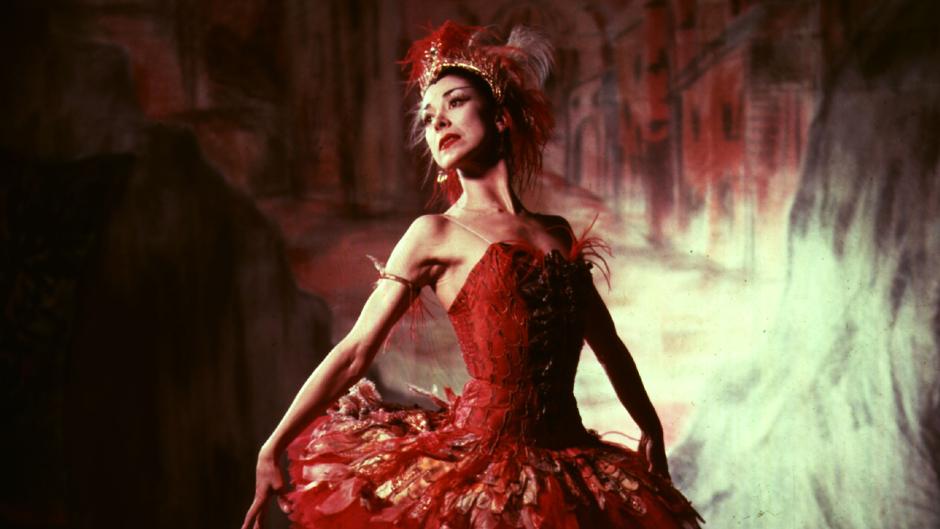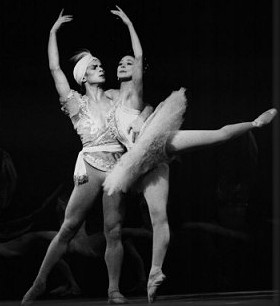 Dame Margot Fonteyn’s name dominated British ballet for more than 40 years as one of the truly great dancers of our time and the most famous ballerina of the second half of the century. Her name is one part of the legendary partnership with Rudolf Nureyev, with Fonteyn becoming late choreographer Frederick Ashton’s muse and an iconic figure of the English classical ballet style of elegance.
Dame Margot Fonteyn’s name dominated British ballet for more than 40 years as one of the truly great dancers of our time and the most famous ballerina of the second half of the century. Her name is one part of the legendary partnership with Rudolf Nureyev, with Fonteyn becoming late choreographer Frederick Ashton’s muse and an iconic figure of the English classical ballet style of elegance.
Fonteyn’s career began when she auditioned successfully for the Vic-Wells ballet, making her debut in 1934 as a snowflake in Nutcracker under Dame Ninette de Valois. After Alicia Markova, the company’s first ballerina, left in 1935, Fonteyn eventually became the company’s (later becoming The Royal Ballet) Prima ballerina assoluta and succeeded in some of the great classical roles of ballet. By 1939 Fonteyn had danced Aurora, Giselle, and Odette/Odile, and had already created many roles for Ashton’s work. For 25 years their choreographer-dancer partnership produced most of her greatest roles and his greatest ballets.
The company took up residence at Covent Garden, first performing Sleeping Beauty and then Symphonic Variations and Cinderella, which sealed Fonteyn as national treasure and international star. Fonteyn then went on to tackle Tamara Karsavina’s (ballerina of Serge Diaghilev’s Ballets Russes) title role in Firebird and created the characters of Ondine and Chloe. 1961 saw Nureyev journey to London dance Giselle with Fonteyn by invitation of de Valois, bringing to life one of the most famous partnership in the history of ballet. It is argued that Fonteyn’s career was extended by 15 years following the beginning of the partnership and she performed in many new ballets which were usually created to explore the dynamics of the partnership, the most famous probably being Ashton’s Marguerite and Armand.
Fonteyn gave her final performance in the early 1970s, and retired to Panama to live with her husband. She died of cancer in 1991.

 The partnership of Rudolf Nureyev and Margot Fonteyn is one which dance audiences and balletomanes alike still speculate about. However, it remains that their partnership is perhaps one of the most celebrated and talked about in the world.
The partnership of Rudolf Nureyev and Margot Fonteyn is one which dance audiences and balletomanes alike still speculate about. However, it remains that their partnership is perhaps one of the most celebrated and talked about in the world.